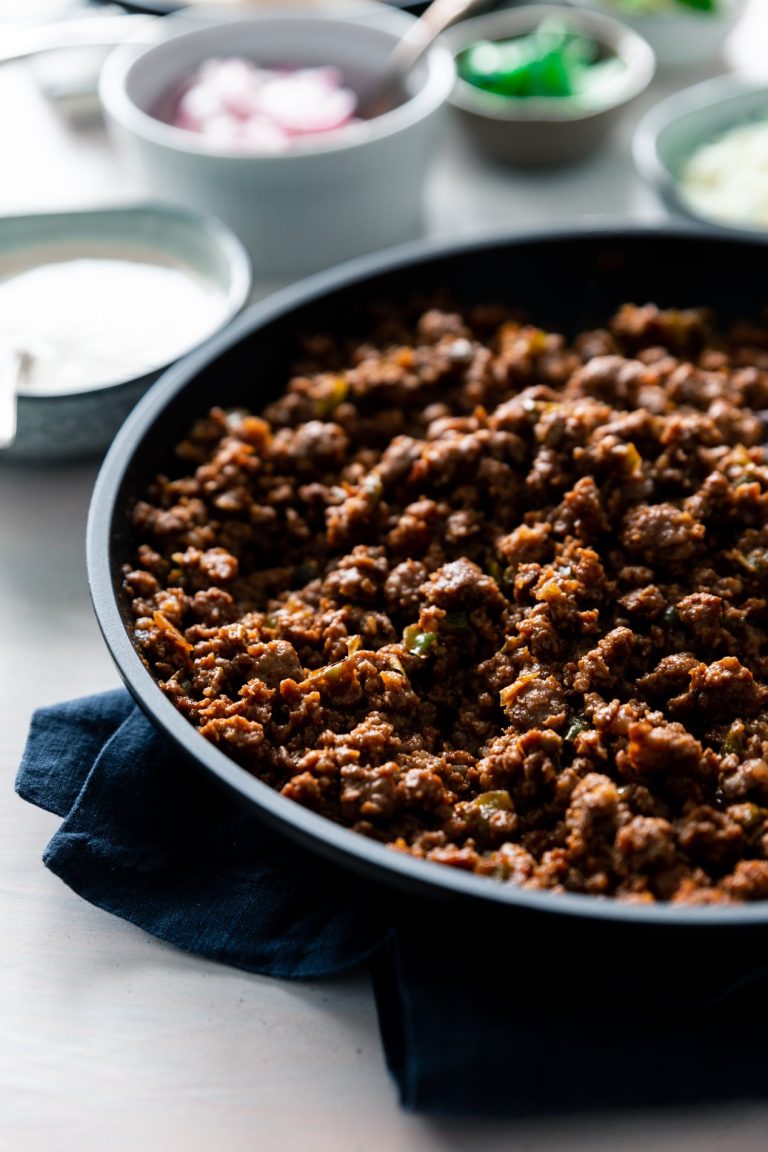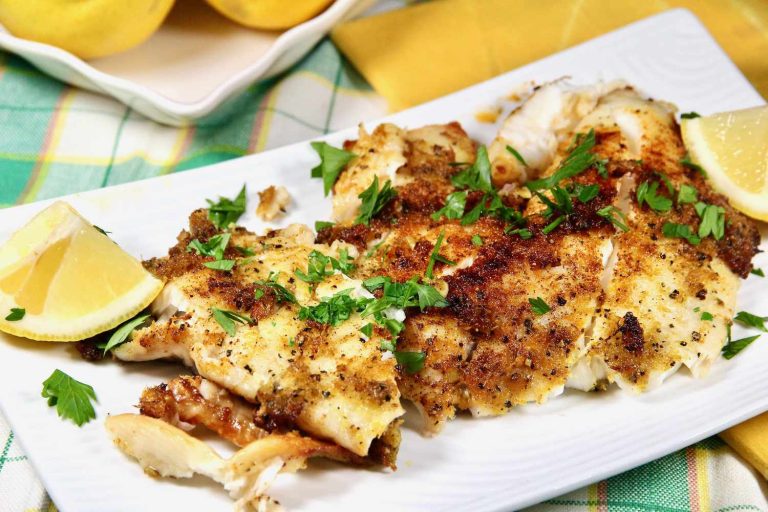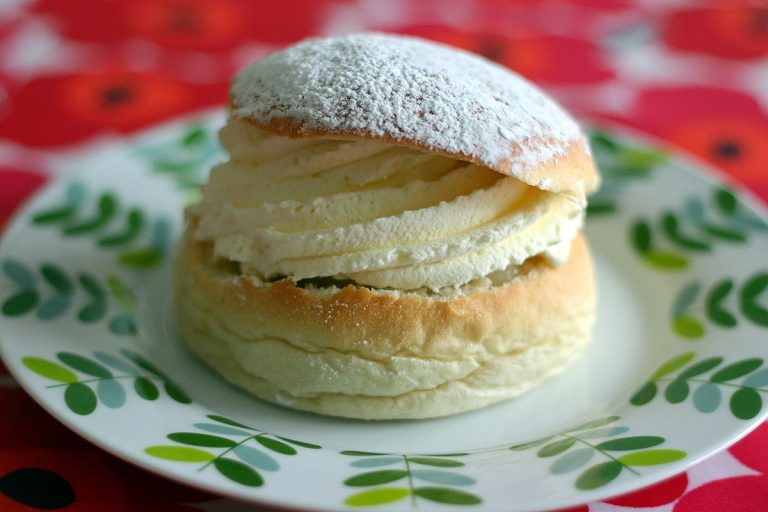Horseradish Recipe: Benefits, History, and Easy Step-by-Step Guide
Horseradish has ancient roots, tracing back over 3,000 years to Eastern Europe. Early uses included medicinal applications by the Egyptians in 1500 BC. In Greek mythology, the Delphic oracle declared the horseradish worth its weight in gold. During the Middle Ages, it spread across Europe, becoming essential in German and Jewish cooking. The Jewish holiday Passover integrates horseradish as a symbol of bitter herbs, recognizing the bitterness of slavery in Egypt.
Horseradish in Modern Cuisine
Today, horseradish maintains its popularity, especially in American and European dishes. Chefs value its sharp flavor and versatility, incorporating it into a variety of recipes. Prime-rib garnishes, cocktail sauces, and sandwich spreads frequently feature horseradish. It pairs well with beef, seafood, and root vegetables. Experimentation with horseradish has led to innovative uses like horseradish aioli, infused spirits, and flavored mustards.
Benefits of Homemade Horseradish
Nutritional Value
Homemade horseradish offers several nutritional benefits. It’s rich in vitamin C, providing immune support and helping with the absorption of iron. Horseradish also contains potassium, which regulates fluid balance and maintains proper muscle function. Additionally, it includes compounds like glucosinolates, which may have cancer-fighting properties.
Economic Advantages
Making horseradish at home can save money. You avoid the premium prices of store-bought varieties and get a larger quantity for a fraction of the cost. Purchasing horseradish root and using basic kitchen staples result in significant savings. Moreover, homemade horseradish allows for customization, eliminating the need for multiple product purchases to suit different flavor preferences.
Key Ingredients for Homemade Horseradish
Choosing the Right Horseradish Root
Selecting a fresh horseradish root is crucial for the best flavor. Choose roots that are firm, free from mold, and have a consistent color. Smaller roots tend to be milder, while larger ones provide a stronger kick. If stored properly in a cool, dark place, horseradish roots can last for several weeks.
Essential Complementary Ingredients
Incorporating additional ingredients enhances the horseradish’s flavor. Essential components include:
- Vinegar: Adds tanginess and helps preserve the mixture. Use white or apple cider vinegar for best results.
- Salt: Enhances flavor intensity. Add to taste, starting with half a teaspoon per root.
- Sugar: Balances the sharpness. Use sparingly, about a quarter teaspoon, to avoid overpowering the natural heat.
Together, these ingredients create a balanced and flavorful homemade horseradish.
Step-by-Step Guide to Making Horseradish at Home
Preparation Techniques
First, gather your ingredients: fresh horseradish root, white vinegar, salt, and sugar. Choose roots that are firm, unblemished, and no more than two inches thick for optimal flavor. You’ll also need a vegetable peeler, a sharp knife, a food processor, and a jar for storage.
- Clean the Root: Rinse the horseradish roots under cold water to remove dirt. Use a vegetable peeler to peel off the outer skin.
- Chop the Root: Cut the peeled root into small chunks approximately one-inch in size. Smaller pieces make processing easier.
- Process the Root: Place the chunks in a food processor. Add two tablespoons of water to aid in the processing. Blend until the horseradish is finely ground.
- Add Vinegar and Seasonings: Once the root is finely ground, wait three minutes. Add three tablespoons of white vinegar, one teaspoon of salt, and one teaspoon of sugar. The vinegar preserves the horseradish and the seasonings balance the heat.
- Blend Again: Process the mixture until it reaches your desired consistency. For a smooth horseradish, blend longer.
Storage Tips
Proper storage ensures your homemade horseradish remains fresh and flavorful.
- Use a Sealed Jar: Transfer the horseradish to a clean, airtight jar. This prevents air exposure, which can degrade flavor.
- Refrigerate Immediately: Store the jar in the refrigerator immediately to keep the horseradish fresh. Homemade horseradish typically lasts for four to six weeks.
- Label the Jar: Write the date of preparation on the jar. This helps you keep track of its freshness.
- Avoid Freezing: Freezing changes the texture of horseradish and diminishes its pungency. Always refrigerate instead.
- Monitor Freshness: If the horseradish starts to darken or loses its sharp aroma, it’s past its prime and should be discarded.
Pairing Homemade Horseradish with Meals
Best Dishes to Enhance with Horseradish
Homemade horseradish brings a unique, zesty kick to many dishes, enhancing their flavors. Traditional pairings include:
- Roast Beef: Elevate the rich taste of slow-cooked beef by serving it with a dollop of horseradish.
- Prime Rib: Enhance prime rib’s juicy tenderness by adding horseradish to your serving plate.
- Smoked Salmon: The sharpness cuts through the richness of smoked salmon, adding a delightful balance.
- Oysters: Fresh oysters gain a spicy element when combined with a bit of horseradish.
- Sausages: Complement the savory notes of grilled sausages with horseradish for an extra punch.
- Horseradish Mashed Potatoes: Mix a spoonful of horseradish into your mashed potatoes for a spicy twist.
- Salad Dressings: Create bold dressings by blending horseradish with yogurt, lemon juice, and herbs.
- Sauces: Add depth to cream-based sauces for meats or vegetables by stirring in horseradish.
- Deviled Eggs: Spice up classic deviled eggs with a touch of horseradish in the filling.
- Burger Toppings: Transform ordinary burgers by spreading horseradish on the buns for extra flavor.
Conclusion
Creating your own horseradish at home is a rewarding endeavor that adds a unique zesty kick to your culinary creations. Not only do you gain control over the flavor and freshness, but you also get to enjoy a condiment that’s deeply rooted in history and culture. Whether you’re enhancing a prime rib or adding a punch to your deviled eggs, homemade horseradish is a versatile addition to your kitchen. So, embrace the process and elevate your dishes with this timeless and flavorful ingredient.






